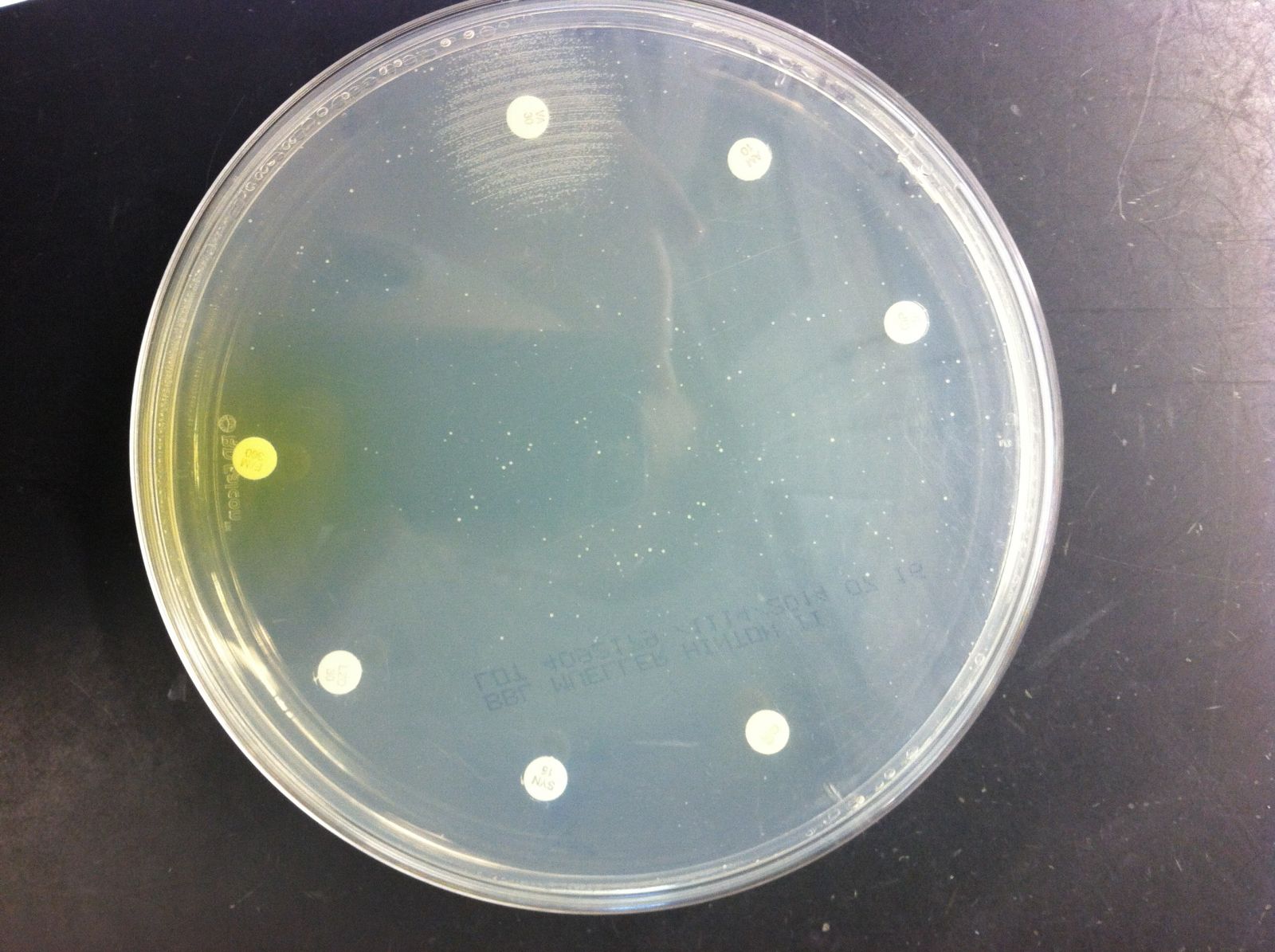No Answer
You must select an answer before submitting.
OK|
Prev Question |
Question |
Next Question |
| Topic: Bacteriology | 2016-07-07 | |
| Difficulty: Hard | ||
| Author: | Bella Goyal, M.D., Washington University School of Medicine |
|
Question Type: Single Best Answer Please select the single BEST answer choice. |
A 34-year-old woman with a 17 year history of injection drug use presents to the emergency room complaining of two days of fevers and chills. A transesophageal echocardiogram was performed, revealing an aortic valve vegetation. Blood cultures grew methicillin-resistant Staphylococcus aureus. The patient was subsequently treated with IV vancomycin for six weeks.
Five weeks after admission, the patient was experiencing dysuria. A urine specimen was submitted for culture and grew abundant small, grey, convex colonies on the sheep blood agar plate with no growth on the MacConkey agar. The colony gram stain revealed gram positive cocci that were catalase negative. Susceptibility testing on the isolate using Kirby Bauer disk-diffusion on Mueller Hinton agar showed isolated growth around the vancomycin disk but no growth around the ampicillin, ciprofloxacin, doxycycline, quinupristin/dalfopristin, linezolid, and nitrofurantoin disks (See image below).

Which of the following is the most likely organism recovered in the urine culture?
Which of the following is the most likely organism recovered in the urine culture?
